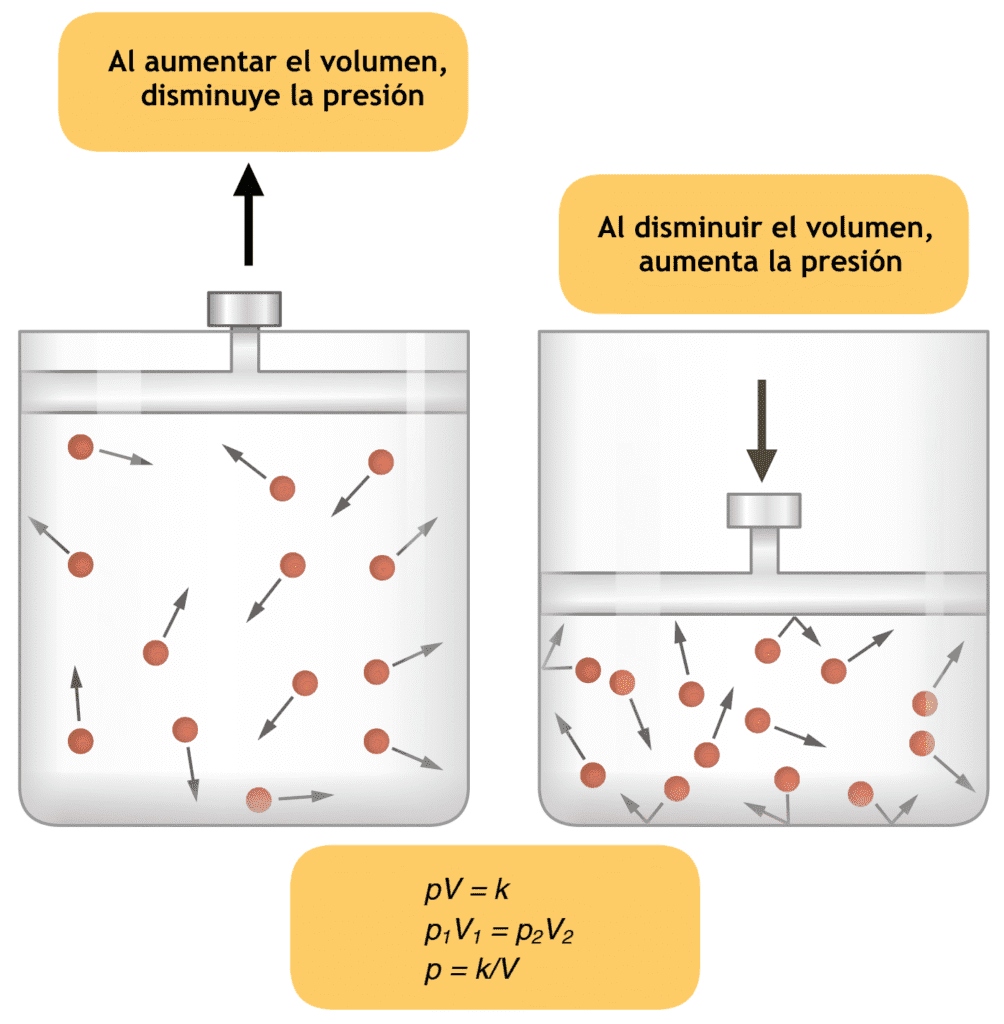The Poynting effect refers to the phenomenon where mixing of liquid nitrous oxide at low pressure with oxygen at high pressure (in Entonox) leads to formation of gas of nitrous oxide. So oxygen and nitrous oxide both are present in gaseous state in Entonox cylinder.
In anesthesia practice the Poynting effect is seen in the entonox cylinders.
Oxygen is present in the Oxygen cylinder in a gaseous state. This is because its boiling point is well below the room temperature and its critical temperature is also very low. The pressures required to keep Oxygen in liquid form is very high. Such high pressures are used to keep the Oxygen in large containers, that are usually used to store oxygen or for the central oxygen supply in the hospitals.
The gas Nitrous oxide on the other hand has a little higher critical temperature, which means that Nitrous oxide can be stored in a cylinder, under pressure in the form of a liquid.
At this point, you should also know what critical temperature is. Critical temperature is the temperature beyond which a gas cannot be converted into a liquid with application of any amount of pressure.
The Poynting effect was first described by Poynting, who was a physicist.
According to the Poynting Effect, when liquid nitrous oxide and gaseous oxygen are mixed a gaseous mixture is formed. The mixture which is called as Entonox will exhibit physical properties that are different from the individual gases, including its boiling point ant critical temperature.
Thus due to the Poynting effect nitrous oxide which is normally present in cylinders as liquid, is present as a gas in the mixture with oxygen.

